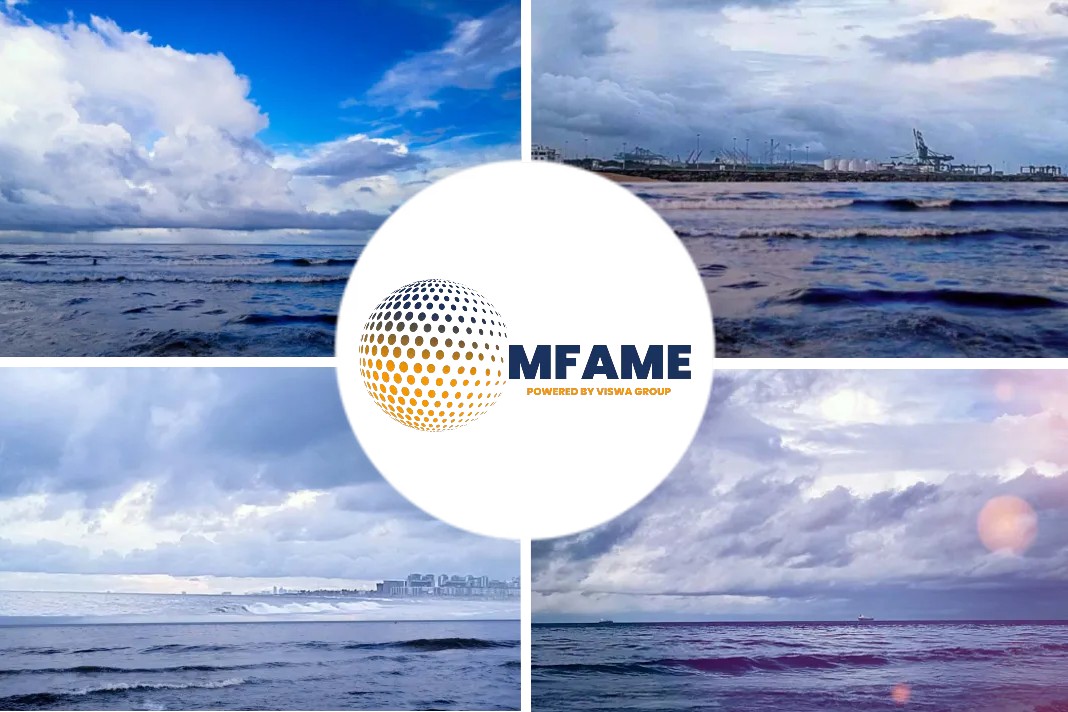Ships can end their life cycle due to old age or their lives can be cut short violently by catastrophic events like groundings, collisions, cargo explosion and fire. Scrapping or recycling of ships after reaching the end of their operational lives will normally be a matter for the owners to arrange.
Gard’s role in wreck removal
Gard is, however, intimately involved in wreck removal operations required by authorities following a casualty. Here we review the considerations and choices Gard makes when confronted with the disposal of entered vessels.
When a casualty renders the vessel a constructive total loss and the relevant authority requires the owner to remove it, Gard will cover the costs and expenses relating to the raising, removal, and destruction of the ship and cargo. Rule 40 (Ships) Cover for wreck removal is also available under the separate fixed premium cover which Gard provides for mobile offshore units. The rules provide that Gard is entitled to credit the residual value of the wreck and cargo removed against the costs paid.
A team of experts to review the contract
Gard’s specialized P&I casualty claims handlers and appointed legal and technical experts will lead the tendering process for the wreck removal contract. Even if the wreck removal contract is a contract between the owners and the salvage contractor, the club and appointed experts will manage the contract negotiations and follow closely all stages of a wreck removal operation until the wreck has been delivered for disposal/recycling.
Wreck removal methodology
The methods for any wreck removal operation will depend on the feasible methodology and the options available in the individual case. Sometimes, the vessel remains floating or may be refloated and brought to a disposal/recycling facility in one piece. An example is the ‘Fair Afroditi’ which was a CTL following an explosion and fire off Lomé, Togo in 2015. The wreck was towed to a yard in Turkey where she was dismantled within a dry dock.
In situations where refloating is not possible, cutting into sections may be an option. An example is the car carrier ‘Tricolor’ which was removed in nine sections after a collision and capsizing in the English Channel in December 2002. The photograph above shows one of the sections being hoisted by two of the largest floating cranes in Europe. The sections were transported to a facility in Zeebrugge, Belgium where they were dismantled in a manner consistent with European waste regulations.
Cargo removal needs expertise
Special operations may be required when there is cargo onboard. Disposal/recycling of cargo may require different solutions from what is needed in connection with disposal /recycling of a ship itself. For example, the ‘Tricolor’ was laden with new vehicles which were a total loss. The vehicles had to be separated from the hull sections and transported to a special vehicle scrapping facility in Menen, Belgium where the vehicles were depolluted and disposed of in compliance with applicable law and EU regulations.
There is no one uniform regulatory regime worldwide when it comes to disposal/recycling of wrecks and/or cargo or materials on board. Thus, the Gard claims handlers and appointed experts must determine the rules and regulations for disposal including potential recycling opportunities based on the local, national or international law applicable in each case.
Focus on protecting the environment
In making decisions about disposal options, Gard’s focus will be on protecting and preserving life, the environment, and property, in that order. This means that, where Gard is able to influence decisions about the method by which a ship or wreck is disposed of, the method adopted will be according to the applicable law and regulations and as protective of life and the environment as it is reasonably possible.
Did you subscribe for our daily newsletter?
It’s Free! Click here to Subscribe!
Source: GARD


















